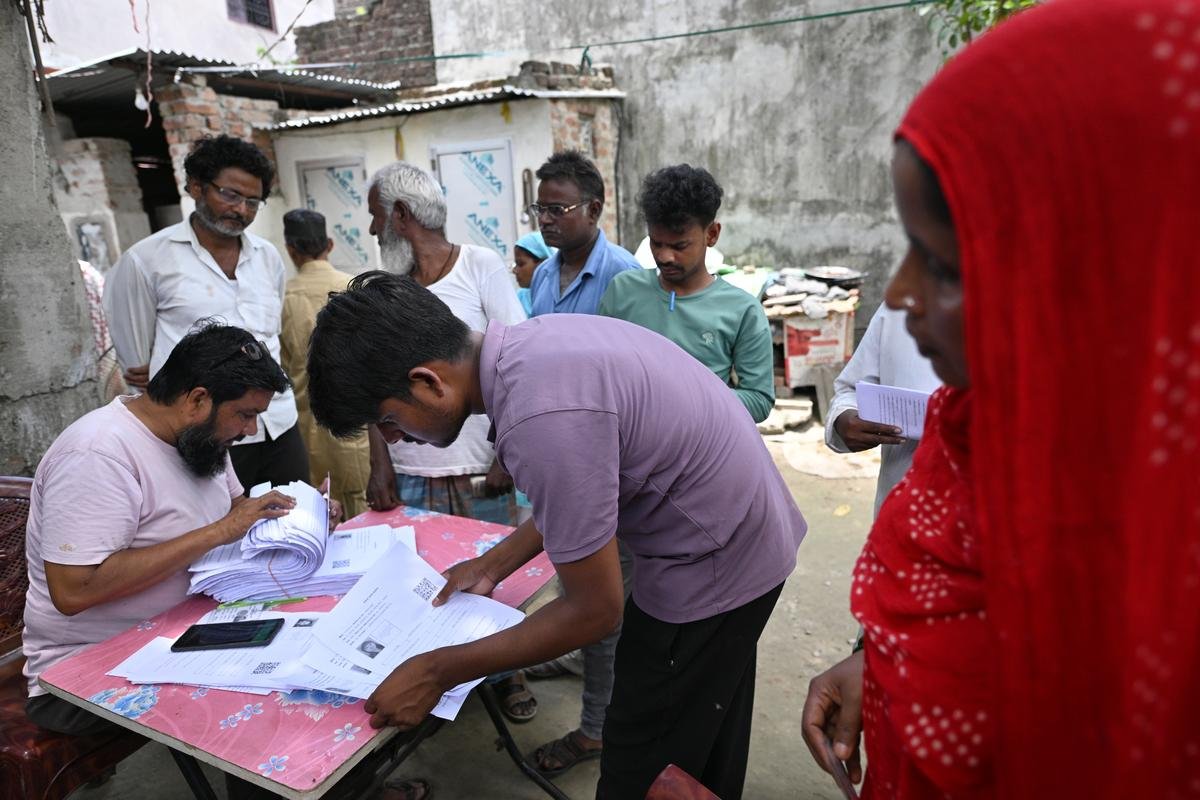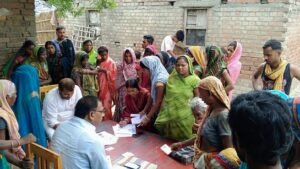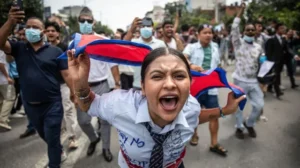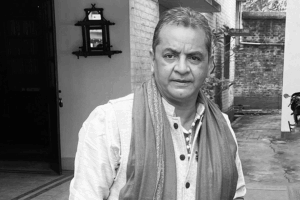Democratic participation takes a major boost as thousands of citizens pursue their voting rights restoration in India’s Bihar state. The electoral rolls witness unprecedented demand for reinstatement following systematic reviews by election officials across multiple districts. This surge reflects growing awareness about civic duties and democratic participation among Bihar’s diverse population groups.
Understanding the Electoral Re-inclusion Process in Bihar
The re-inclusion process allows citizens whose names were mistakenly removed from voter lists to regain their democratic rights. Election officials conduct regular audits of voter databases to identify and correct discrepancies that might disenfranchise eligible citizens. These systematic reviews ensure electoral integrity while protecting legitimate voting rights across all demographic groups.
Citizens discovered their names missing during recent verification drives conducted by state election authorities throughout Bihar. Many applicants faced removal due to address changes, documentation issues, or administrative errors during previous database updates. The current drive aims to restore voting rights before upcoming electoral cycles begin.
State election commissioners report that most applications come from urban areas where population mobility remains highest. Rural districts also show significant participation as awareness campaigns reach remote villages through local government initiatives. Digital literacy programs help citizens navigate online application processes more effectively than before.
Breaking Down Application Numbers Across Bihar Districts
The 33,000 people seeking re-inclusion represent citizens from all 38 districts across Bihar’s vast geographical expanse. Patna district leads with the highest number of applications due to its large population and urban migration patterns. Other major cities like Gaya, Muzaffarpur, and Bhagalpur also report substantial re-inclusion requests.
Key statistics from the re-inclusion drive include:
- Urban areas account for 65% of total applications submitted
- Young voters aged 18-35 represent 45% of all applicants
- Women constitute approximately 52% of re-inclusion seekers
- Rural districts show 35% participation in the restoration process
These numbers indicate broad-based participation across demographic lines with particularly strong engagement from younger citizens and women. Rural participation, while lower in absolute terms, shows encouraging growth compared to previous enrollment cycles throughout the state.
Challenges Facing Voters During the Application Process
Documentation requirements create significant hurdles for many citizens seeking electoral roll restoration in remote areas. Proof of residence, identity verification, and address confirmation often prove difficult for migrant workers and marginalized communities. Election officials work to simplify these processes while maintaining necessary security measures against fraudulent applications.
Language barriers affect citizens who speak local dialects but struggle with Hindi or English documentation requirements. Rural areas often lack adequate internet connectivity for online applications, forcing citizens to travel long distances. Limited office hours and understaffed election offices create additional obstacles for working-class applicants.
However, mobile registration units now visit remote villages to assist citizens with application processes and document verification. Community organizations partner with election authorities to conduct awareness campaigns about voting rights and registration procedures. These initiatives help bridge gaps between official processes and citizen needs.
Political Implications of Electoral Roll Expansion
The massive re-inclusion drive could significantly impact future election outcomes across Bihar’s complex political landscape. Political parties closely monitor these numbers as restored voters might shift demographic balances in closely contested constituencies. Both ruling and opposition parties support the drive while positioning themselves to benefit from expanded voter participation.
Increased voter registration typically benefits parties with strong grassroots organizations capable of mobilizing newly registered citizens effectively. The timing proves particularly significant as Bihar prepares for upcoming local and state elections scheduled within the next electoral cycle. Campaign strategies will likely adapt to address concerns of newly restored voters.
Democratic participation strengthens when more eligible citizens gain access to voting rights without bureaucratic obstacles hindering their participation. The re-inclusion process demonstrates Bihar’s commitment to inclusive electoral practices that protect citizen rights while maintaining system integrity.
Technology’s Role in Streamlining the Re-inclusion Process
Digital platforms now allow citizens to submit applications online, reducing travel requirements and processing times significantly. Mobile apps provide status updates and document submission capabilities that improve user experience throughout the application process. These technological improvements make democratic participation more accessible for tech-savvy younger voters.
Biometric verification systems help prevent duplicate registrations while ensuring legitimate applicants receive quick approval for their re-inclusion requests. Automated cross-checking reduces manual errors that previously caused legitimate voters to lose their registration status incorrectly. Real-time database updates provide instant confirmation of successful applications.
However, digital divide issues persist in rural areas where internet access remains limited or unreliable. Offline application methods continue operating alongside digital systems to ensure universal access regardless of technological capabilities. Training programs help election officials and citizens navigate new digital tools effectively.
Looking Ahead: Future Electoral Participation in Bihar
The success of this re-inclusion drive could establish Bihar as a model for other Indian states facing similar voter registration challenges. Lessons learned from this massive undertaking will inform future electoral reforms and administrative improvements across the country. Sustained civic engagement requires ongoing efforts to maintain accurate and inclusive voter databases.
Election authorities plan regular verification drives to prevent future mass disenfranchisement while maintaining database accuracy and security measures. Continuous education campaigns will help citizens understand their voting rights and responsibilities in democratic processes. Partnership with civil society organizations strengthens community engagement in electoral participation.
As Bihar moves forward with this ambitious re-inclusion project, the state demonstrates that democracy works best when all eligible citizens can exercise their fundamental right to vote. The 33,000 people seeking restoration represent just the beginning of broader efforts to strengthen democratic participation throughout India’s most populous democracy.








Be First to Comment